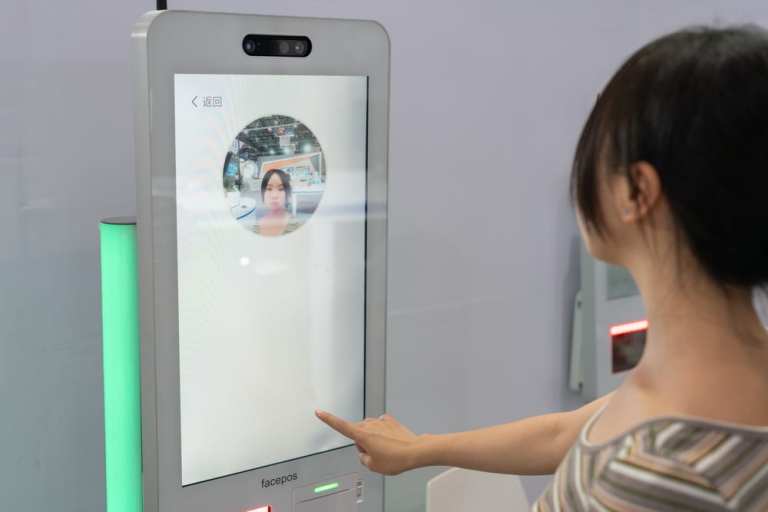
Beijing Daxing International Airport has been incorporating facial recognition software more and more, and it’s being used to do everything from identifying passengers to purchasing items from the duty free store, according to a report by Bloomberg.
China has been upping the ante on places that use the technology, including train stations, customs and of course, the airport. The technology matches a person’s face with their passport, and is meant to speed up the process of traveling through the airport.
Wang Qiang, who is the deputy general manager of planning and design for the starfish-shaped building, said the facility will process over 100 million passengers per year by 2040. The airport is a key piece of Chinese President Xi Jinping’s move into aviation with the goal for China to be the top air travel market in the next decade.
China is farther ahead on the technology than many other countries in the world, and it’s used in fast food restaurants and subway systems in the country. There has been some pushback, however. China Central Television, which is owned by the state, has asked for laws to regulate the technology, and a professor sued a zoo over it as well.
Wang said the technology will help the sometimes tedious affair of moving through airport security, and purchases in shops can be made “with your face.”
Recently, passengers at the airport had a choice of whether to register using their face or documents.
In other China facial recognition news, technology firms in the country are framing facial recognition policies at the United Nations (UN).
Data shows that Chinese tech firms are striving to expand markets for the latest facial recognition technology while advancing a global standard.
Telecommunications equipment maker ZTE, security camera firm Dahua Technology, and the state-owned Chinese telecommunication company China Telecom are among the companies proposing international specifications for universally consistent technology in the UN’s International Telecommunication Union (ITU).